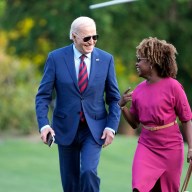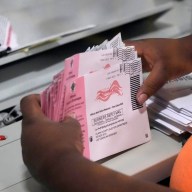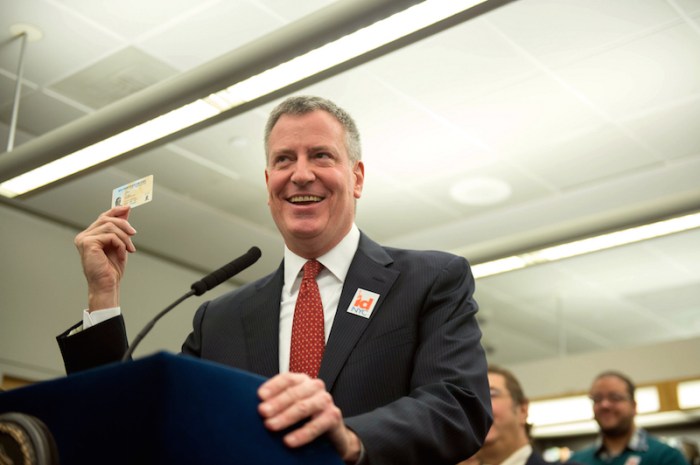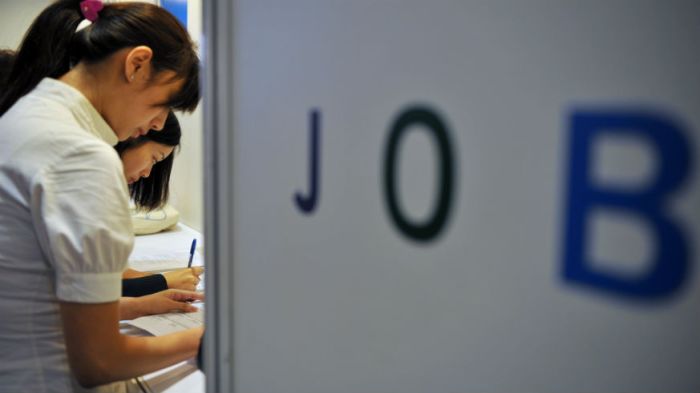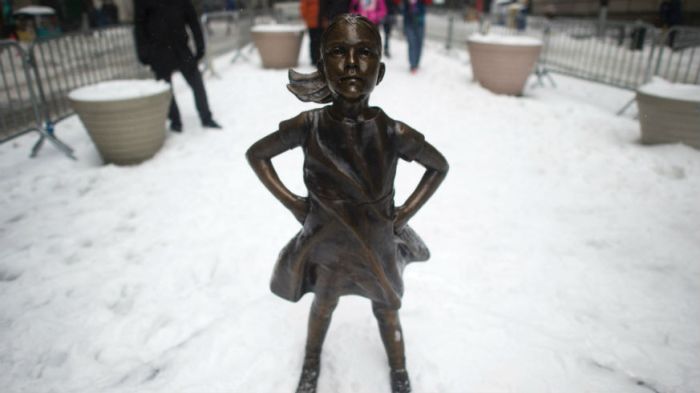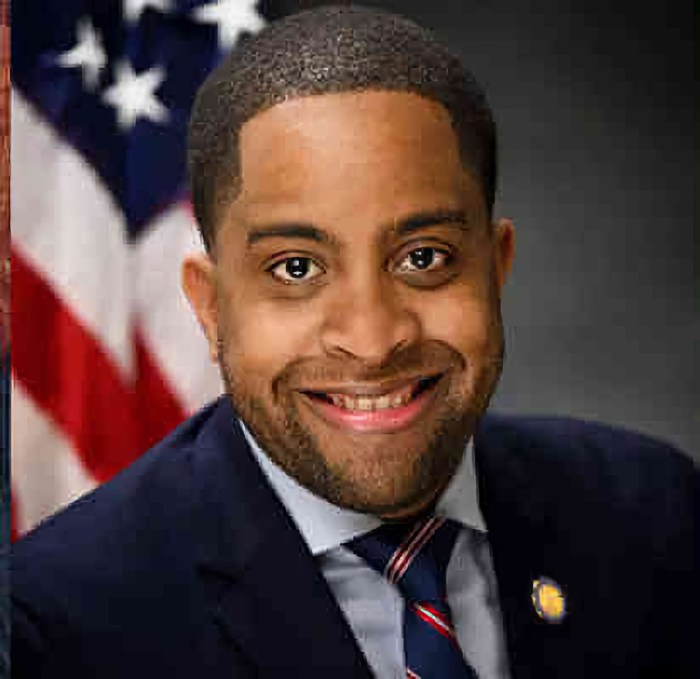Lately, it can feel like the past century of social progress in this country never even happened, especially when it comes to gender.
We have a president who got elected despite boasts about sexually assaulting women and halted the careers of transgender servicemen and women. Women’s voices have been noticeably absent from his administration, even when it comes to issues particularly key to their wellbeing and progress like healthcare and workplace protections.
Representation elsewhere, therefore, has become increasingly important. Enter Johanna Burton, the New Museum’s director and curator of education and public engagement, who brought together its massive new exhibit, “Trigger: Gender as a Tool and a Weapon,” opening Sept. 27 and continuing through Jan. 21, 2018.
The show, which takes over three floors of the museum, features the work of over 40 artists who challenge our notions of gender by taking us beyond the traditionally accepted male-female binary, as well as how race complicates gender issues even further.
“They’re artists who circle around ideas of gender but don’t make work directly about it,” Burton explains. “They’re incredibly political and are thinking about political engagement in new ways.”
The title of the exhibition features the deliberately provocative word of our moment, but the meaning of “trigger” here is the spark that ignites change in the point of view of those who see these works.
Consider “Arroyo, 2015” by Troy Michie, splices a traditional masculine figure — the result is a stunning deconstruction of his body, thus challenging the viewer’s preconceptions.
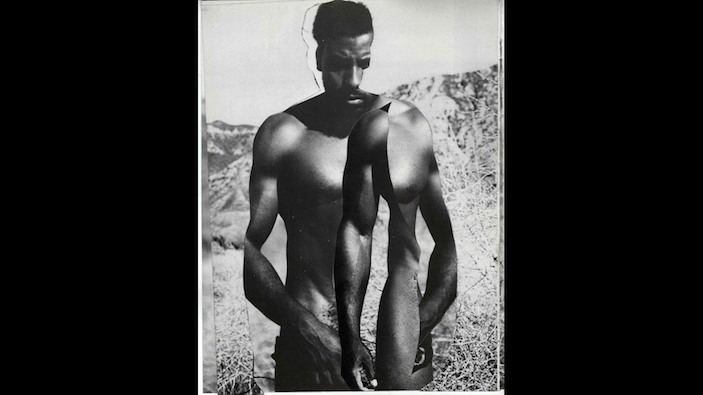
Another piece by Diamond Stingily — a braid made out of synthetic hair — begins in the lobby and winds all the way up through the fourth floor of the museum. It’s a powerful illustration of how gender and power are associated with hair.
The idea that one person can embody several identities is made manifest in the shattered mirror that serves as the “screen” for a video installation by Reina Gossett and Sasha Wortzel about the life of trans activist Marsha P. Johnson.
The New Museum, which is celebrating its 40th anniversary this month, has been tackling themes of gender and sexuality since its inception. Back in 1982, for example, as the AIDS epidemic gripped New York City, the museum put on a show called Extended Sensibilities: Homosexual Presence in Contemporary Art, which addressed the concerns of the gay community.
Although “Trigger” comes on the heels of the trans bathroom debate and Trump’s ban on trans people serving in the military, “Artists didn’t just start having these conversations right now,” Burton says.
Topics relating to identity have been key to the work of several artists featured in the show — and if you think keeping up with the spoken language of gender is complicated, then consider how they had to invent their own visual language to express their gender identities.
In this respect, what you’re seeing at “Trigger” is not abstract art but journal pages: “There are a lot of bodies that are represented in the show,” Burton says, “but it’s more about self-determination than about presentation.”
“Trigger: Gender As a Tool and a Weapon” is open now through Jan. 21, 2018 at the New Museum, 235 Bowery. Admission is $18; newmuseum.org.









